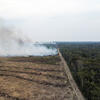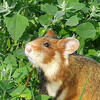You are here
Are Fragmented Forests a Threat to Birdlife?
10.16.2015, by
Due to human activity, the forests along the coastline of French Guiana are becoming increasingly fragmented, in other words, they are being divided up into ever smaller, isolated patches. What impact is this having on biodiversity, and more specifically on birds? French researchers are conducting an investigation, in a bid to influence local policies.
This mission to French Guiana was undertaken as part of the Frag&Binv project: http://habitat-fragmentation.cnrs.fr
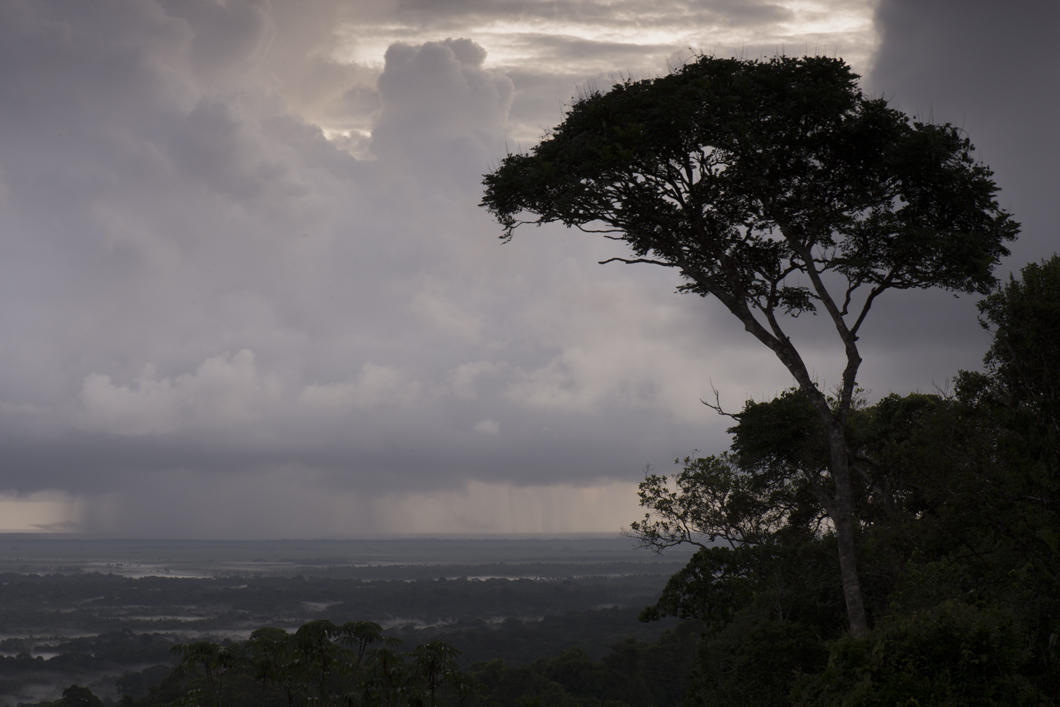
1
Slideshow mode
Despite their high biodiversity, coastal forests are less frequently protected than the mass of tropical forest located inland. And yet it is precisely these coastal forests that are becoming increasingly fragmented.
CNRS Photothèque / Biogéosciences-Dijon / Fabrice MONNA
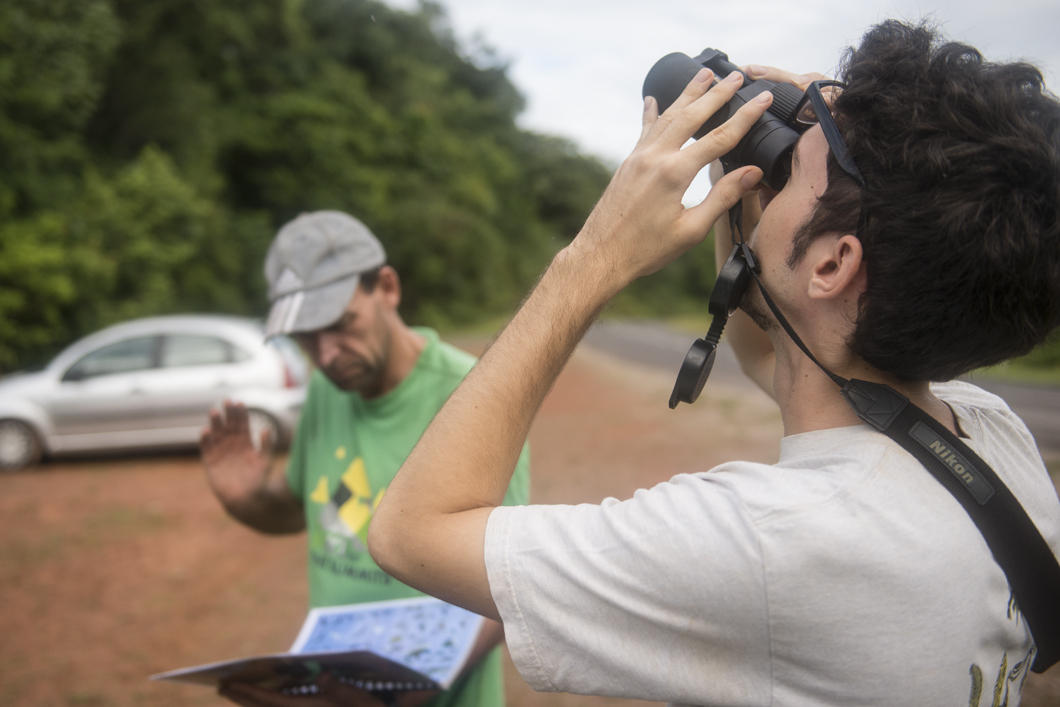
2
Slideshow mode
The first thing the researchers do is to choose which forest fragments to study, on the basis of several criteria: their size, their remoteness, the species present, their accessibility, etc.
CNRS Photothèque / Biogéosciences-Dijon / Fabrice MONNA
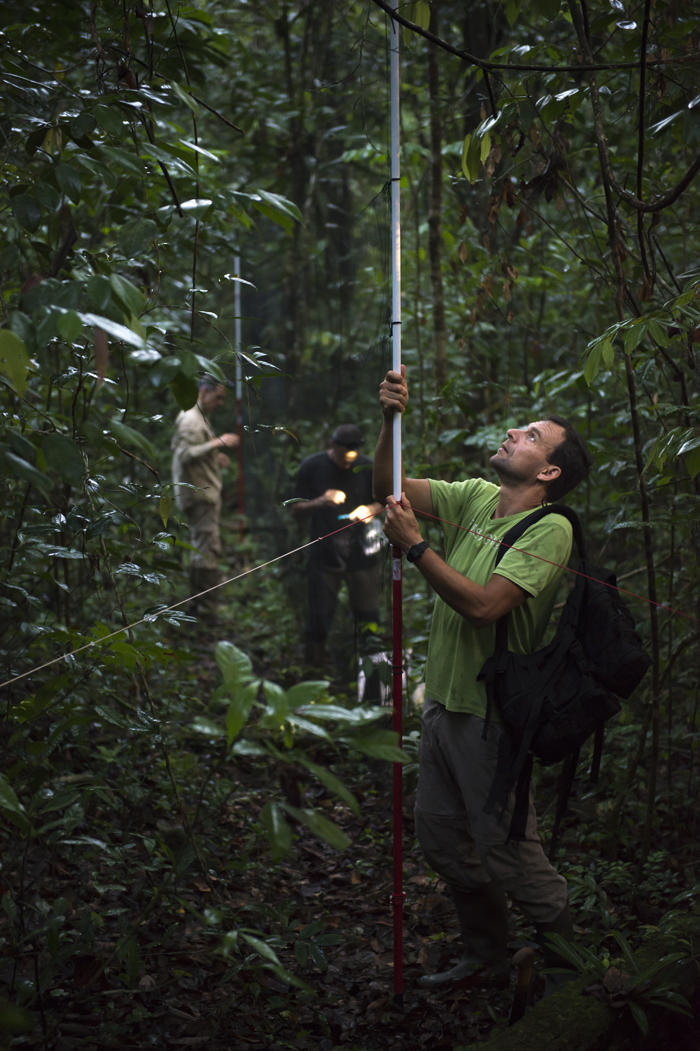
3
Slideshow mode
Nets are used to capture the birds at dawn, when they are at their most active. These very fine-meshed nets are regularly checked.
CNRS Photothèque / Biogéosciences-Dijon / Fabrice MONNA
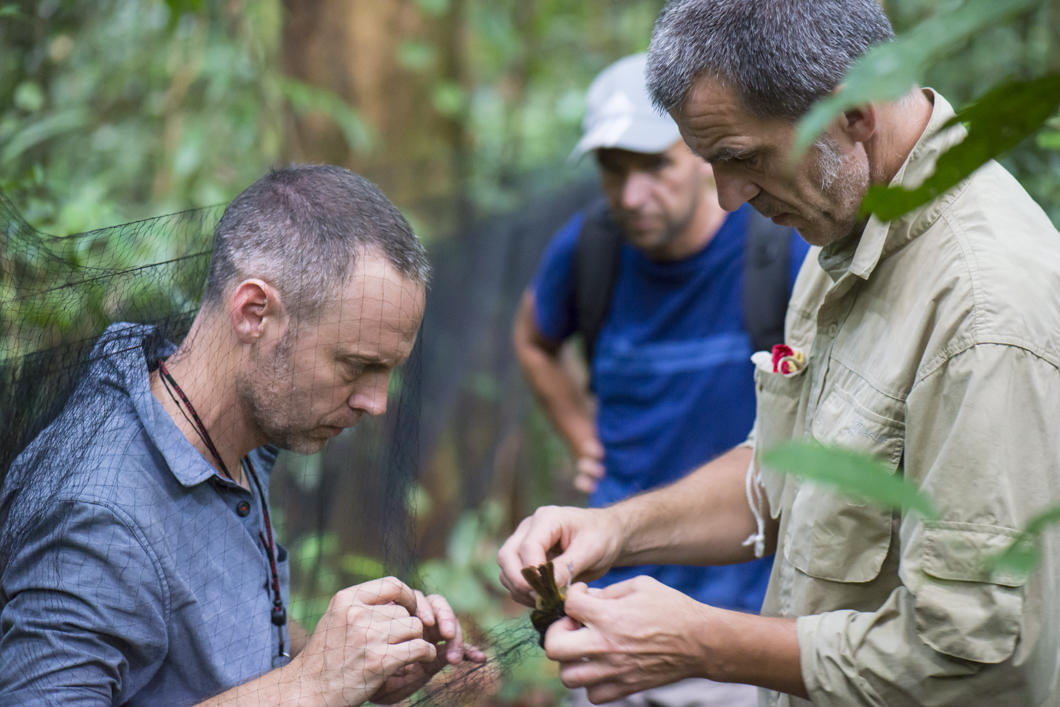
4
Slideshow mode
Once freed from the nets, the birds are identified. Eleven species, ranging from highly generalist birds to forest habitat specialists, are included within the researchers' field of investigation.
CNRS Photothèque / Biogéosciences-Dijon / Fabrice MONNA

5
Slideshow mode
These species, like this male White-bearded Manakin (Manacus manacus), react in different ways to forest fragmentation, depending on the type of environment they prefer.
CNRS Photothèque / Biogéosciences-Dijon / Fabrice MONNA

6
Slideshow mode
At the base camp, the team evaluate these reactions by measuring the size, shape and color of the various species. They also take samples to determine their genetic diversity and immune status.
CNRS Photothèque / Biogéosciences-Dijon / Fabrice MONNA

7
Slideshow mode
To accurately record the colors of their legs and head, the birds are photographed next to a color chart.
CNRS Photothèque / Biogéosciences-Dijon / Fabrice MONNA
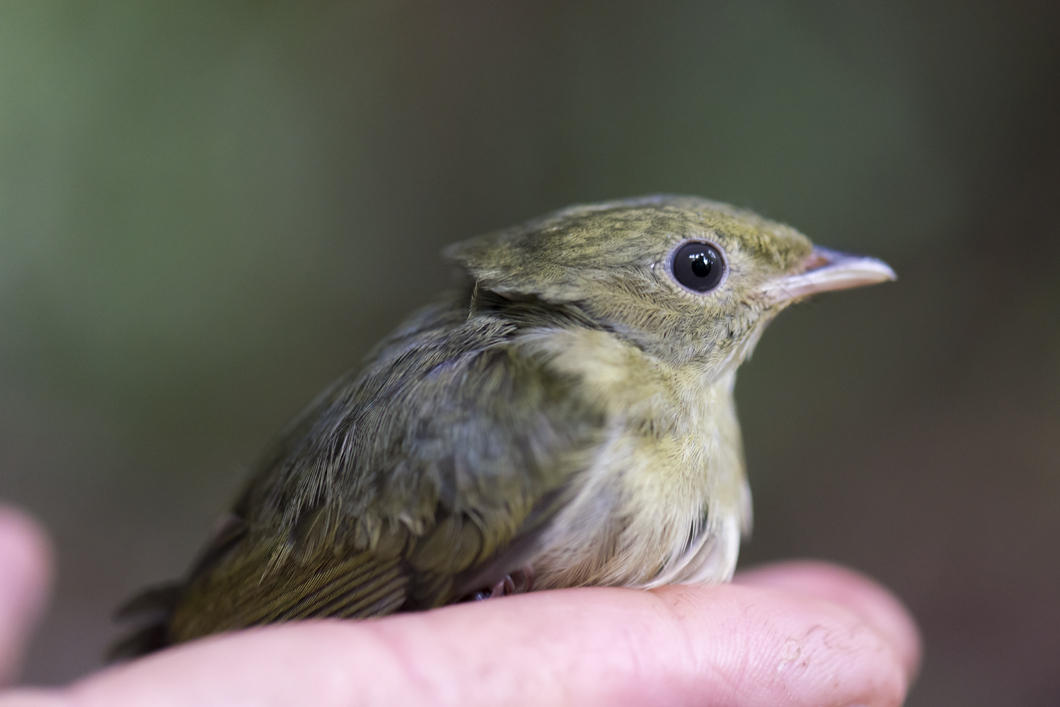
8
Slideshow mode
The female Golden-headed Manakin (Pipra erythrocephala) has olive-green plumage, while that of the male is yellow and black.
CNRS Photothèque / Biogéosciences-Dijon / Fabrice MONNA

9
Slideshow mode
Blood samples collected from each bird provide information about its DNA and its immunity, as well as the presence of blood parasites.
CNRS Photothèque / Biogéosciences-Dijon / Fabrice MONNA

10
Slideshow mode
The use of opaque bags reduces stress in birds that are waiting to be measured and examined.
CNRS Photothèque / Biogéosciences-Dijon / Fabrice MONNA
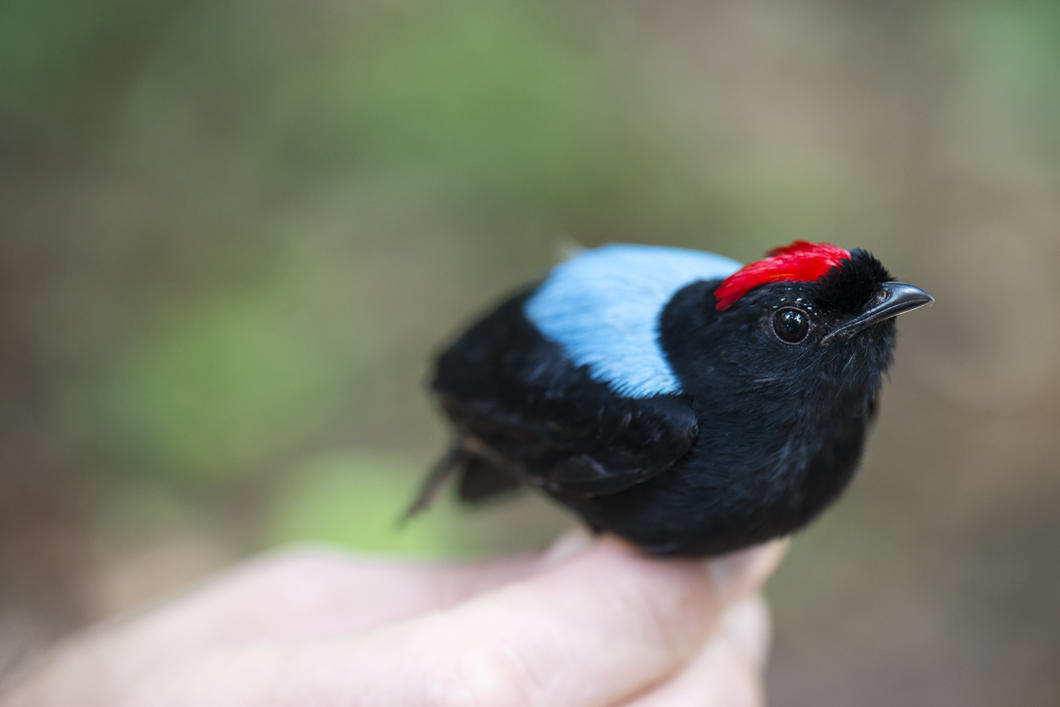
11
Slideshow mode
This Blue-backed Manakin (Chiroxiphia pareola) is one of the species being studied. It is mainly found in French Guiana's coastal regions.
CNRS Photothèque / Biogéosciences-Dijon / Fabrice MONNA
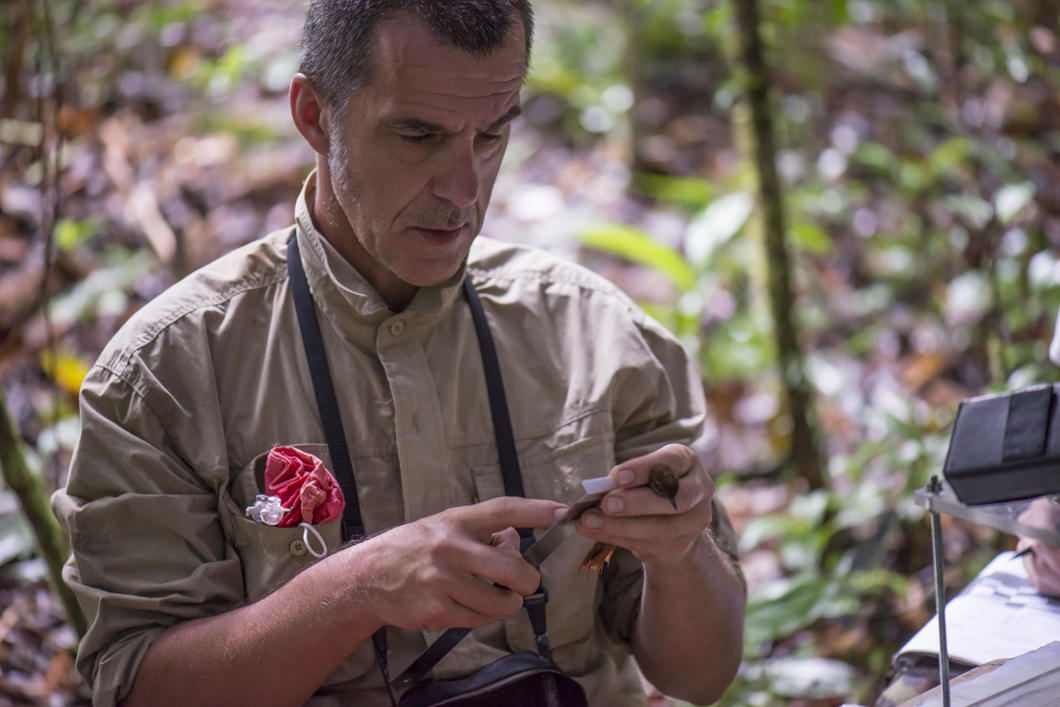
12
Slideshow mode
For each bird, several morphological traits are measured: the length of its wing, tail and tarsus, as well as its mass.
CNRS Photothèque / Biogéosciences-Dijon / Fabrice MONNA
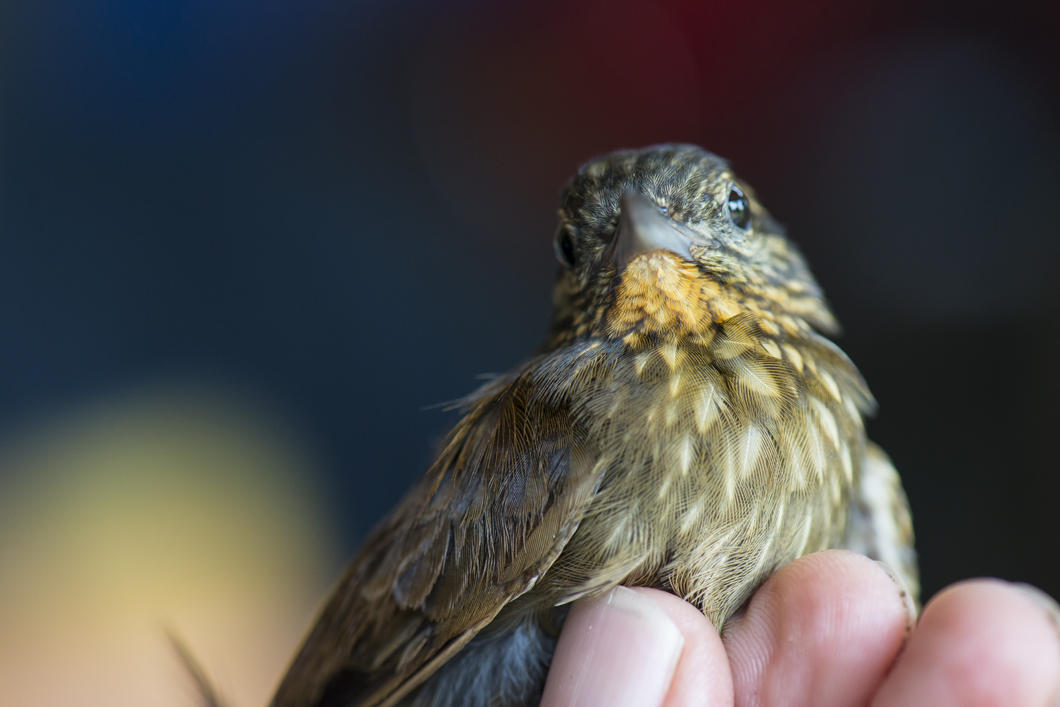
13
Slideshow mode
The bird being measured here is a Wedge-billed Woodcreeper (Glyphorynchus spirurus). This species is found from Brazil to Mexico, and it lives in both the coastal forests and the interior of the Amazon basin.
CNRS Photothèque / Biogéosciences-Dijon / Fabrice MONNA
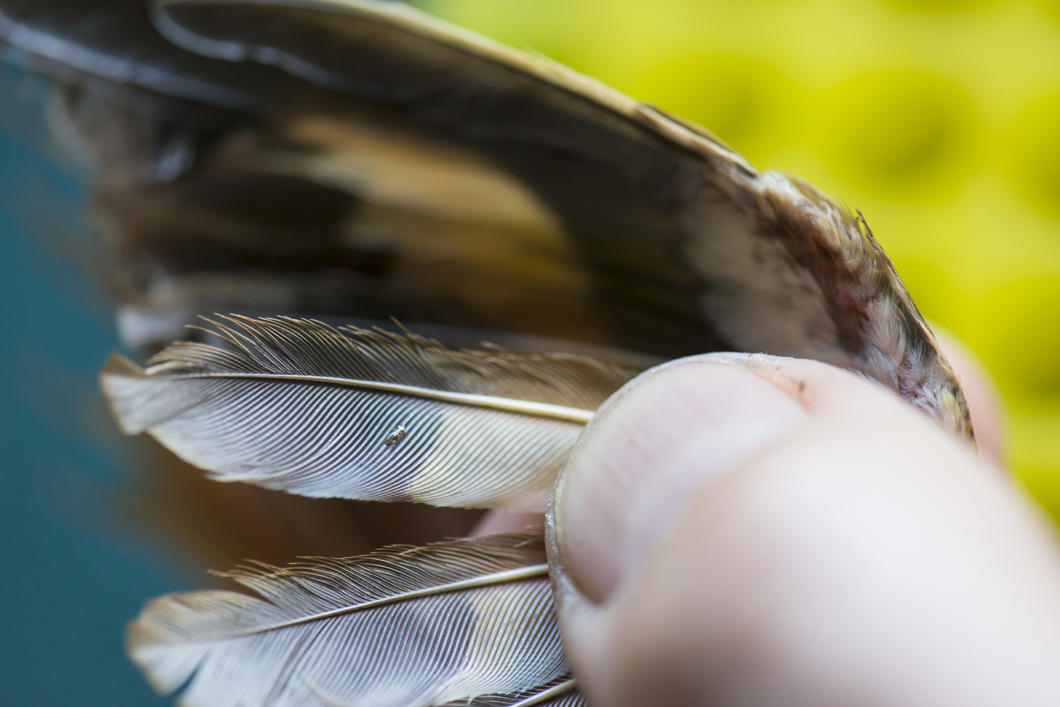
14
Slideshow mode
This bird is parasitized by Mallophaga, insects related to lice. Forest fragmentation may also affect interactions between birds and their parasites.
CNRS Photothèque / Biogéosciences-Dijon / Fabrice MONNA
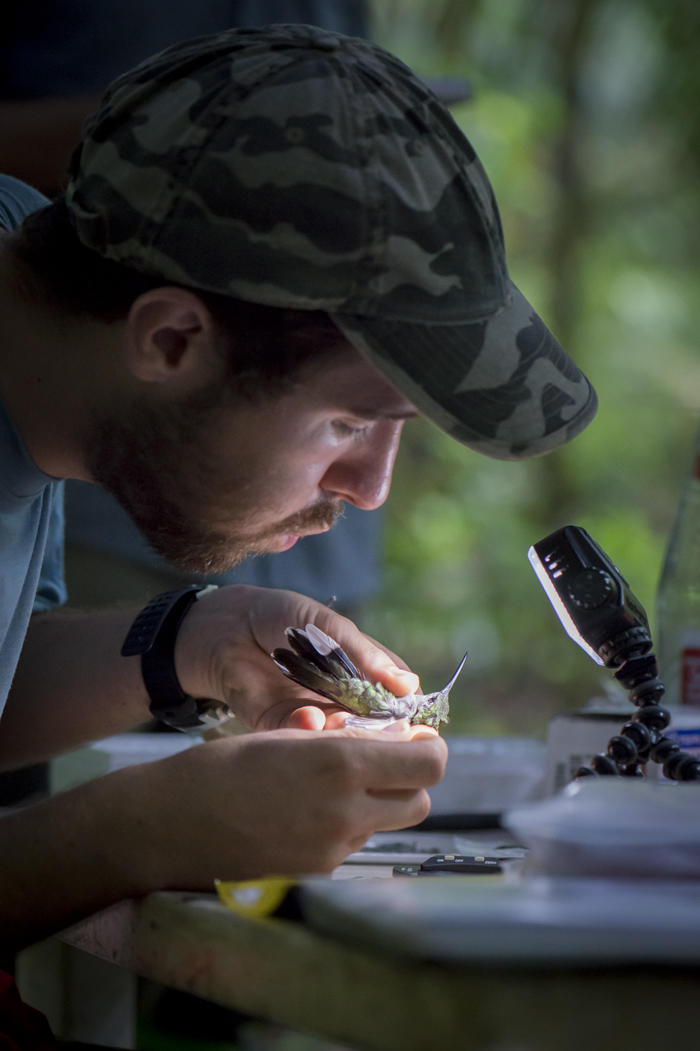
15
Slideshow mode
External parasites are identified and counted directly on each individual. The extent of the birds' exposure and resistance varies according to the area being studied.
CNRS Photothèque / Biogéosciences-Dijon / Fabrice MONNA
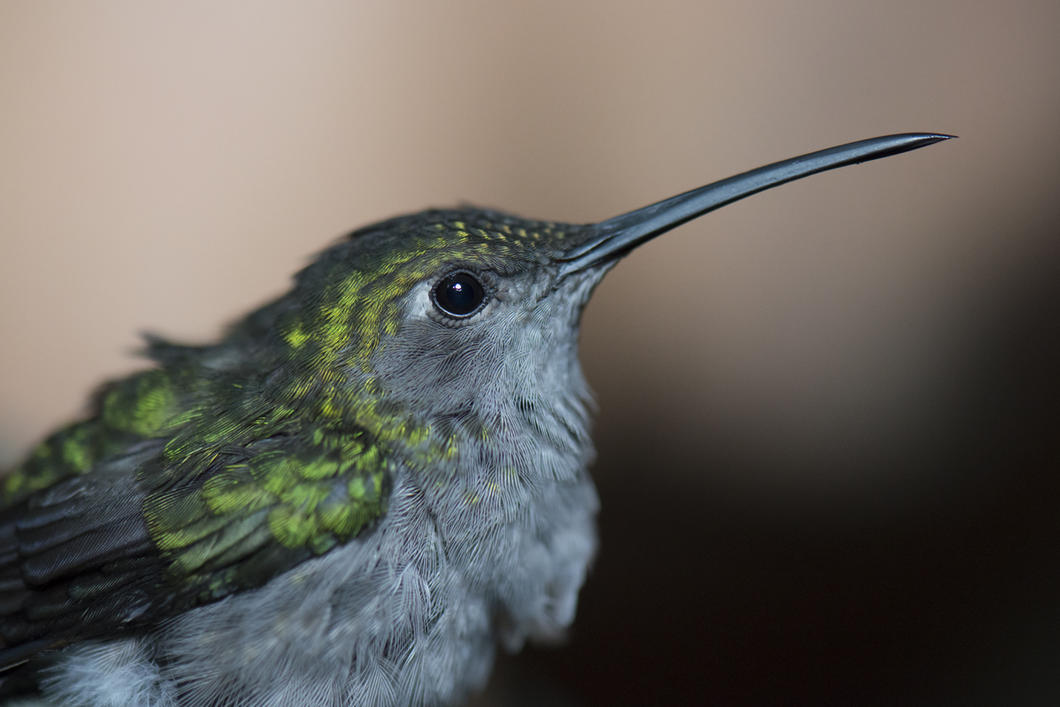
16
Slideshow mode
A female Grey-breasted Sabrewing (Campylopterus largipennis), a species widely found throughout South America. It lives in tropical rainforests, although it can adapt to relatively degraded woodland.
CNRS Photothèque / Biogéosciences-Dijon / Fabrice MONNA
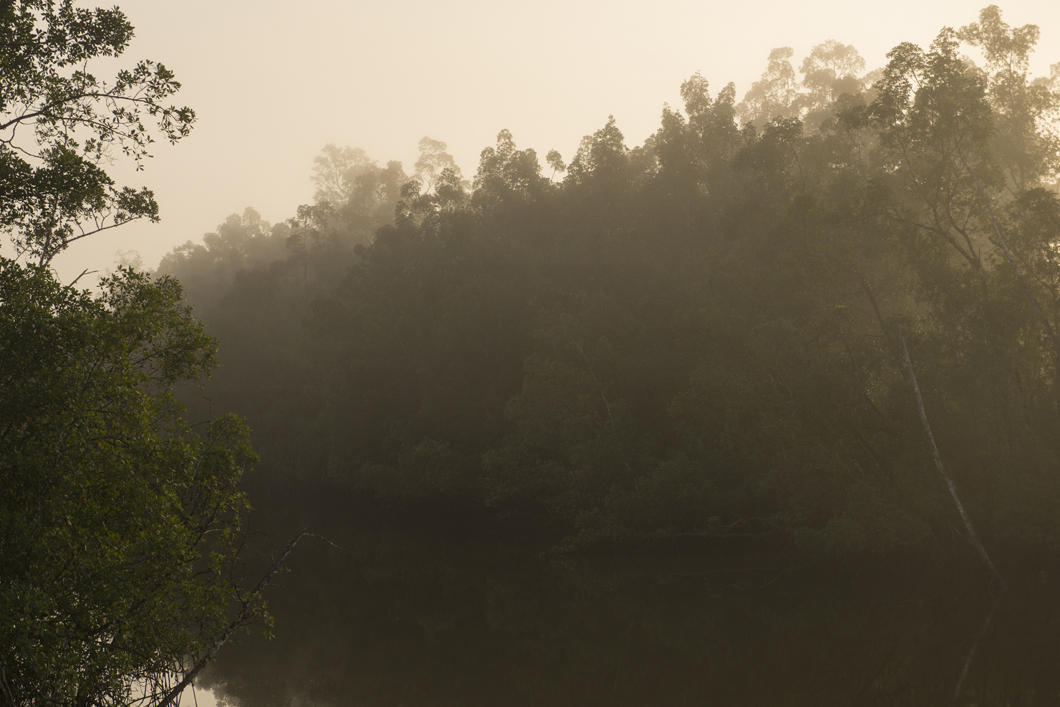
17
Slideshow mode
Despite their high biodiversity, coastal forests are less frequently protected than the mass of tropical forest located inland. And yet it is precisely these coastal forests that are becoming increasingly fragmented.
CNRS Photothèque / Biogéosciences-Dijon / Fabrice MONNA
Explore more
Life
Article
11/26/2025
Article
11/24/2025
Article
09/24/2025
Article
09/01/2025
Article
08/07/2025
Ecology
Article
10/20/2025
Article
04/18/2024
Slideshow
10/27/2023
Article
09/20/2023
Article
04/06/2023








